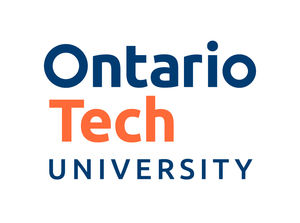Toward enhancement of evolutionary multi- and many-objective optimization: algorithms, performance metrics, and visualization techniques
Abstract
In the last three decades, the focus of multi-criteria optimization has been solving problems containing two or three objectives. However, real-world problems generally involve multiple stakeholders and functionalities requiring relatively large number of objectives and decision variables to model these sophisticated problems. In the optimization field, multi-objective problems with four or more objectives are called many-objective problems. Although there are a number of highly successful multi-objective algorithms capable of solving complex two- or three-objective problems, the majority of these algorithms experience significant performance deterioration due-to an increase in the number of solutions required for approximating the entire Pareto-front and the loss of selection pressure required to move non-dominated candidate solutions towards the optimal Pareto-front. Moreover, as the number of objectives increases, visualization of the solution set becomes progressively challenging as well as the applicability of quantitative performance metrics capable of measuring the convergence and diversity of solution become computationally too expensive or unreliable.
This thesis explores the challenges associated with solving many-objective optimization problems and proposes novel algorithms, performance measures, and visualization techniques to mitigate these challenges. Firstly, three multi- and many-objective visualization techniques are proposed. These visualization techniques are capable of showing the convergence and distribution of solutions on the Pareto-optimal front, the distribution of solutions along each objective, and relationship among decision variables and objective function values. Secondly, two novel performance measures capable of assessing the distribution and spread of solutions along each objective are proposed. Thirdly, a new reference-based hybrid optimization framework is proposed to allow multiple optimization algorithms to work together to take advantage of their combined benefits. This framework is also capable of extracting a subset of well-distributed solutions from thousands of non-dominated solutions collected during the optimization process of several algorithms. Lastly, the proposed optimization algorithms, visualization techniques, and performance measures are applied to multi-objective renewable energy systems to assess their efficacy when dealing with real-world problems. Experimental results on widely used benchmark and real-world optimization problems indicate that the proposed optimization algorithms, visualization techniques, and performance measures can significantly enhance the solving and decision-making processes involved in multi- or many-objective optimization.

